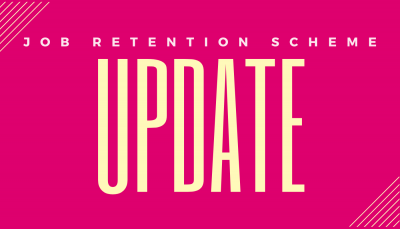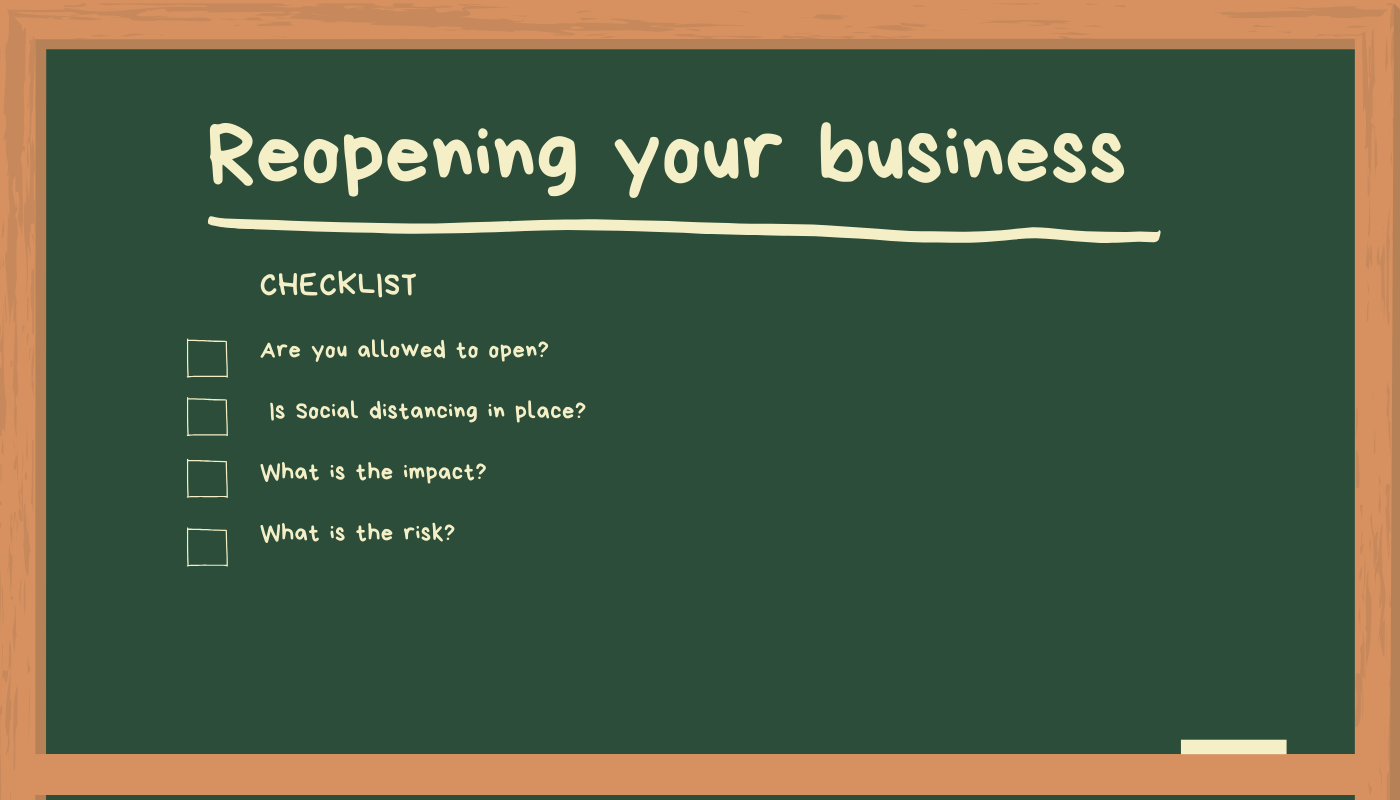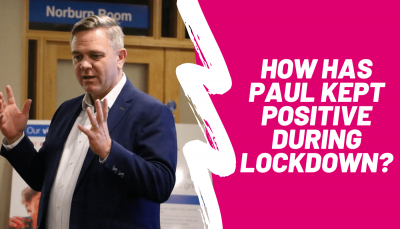How to stay positive for your family and your team (even if you are scared and worried too)
Do you run a business where you’re responsible for your employees’ wellbeing? Do you manage a team at work? Do you have children or vulnerable family members who depend on you?
Whether you said to yes to just one or all of the above, having people depend on you, especially during such a difficult time as now, can quickly lead to burnout. If this happens, who will you be able to help then?
To help you stay strong so that you can be there for others during this time, here is how to stay positive even if you’re scared and worried too.
3 steps for staying positive
Step 1: Deal with your fear and anxiety first
You need to let go of the negative feelings draining your energy first before you’re able to feel positive and expend this energy for others. Here are a few ways that you can do that:
- Seek community and support by talking to friends and family or joining a support group online.
- Get your news and facts from reputable resources but limit your exposure to news and social media.
- Plan your daily routine and stick to it to maintain a sense of structure and normality.
- Prioritise your own self-care and practice mindfulness activities such as yoga and meditation.
Step 2: Train your brain to think positively
Our brains are wired to protect us, therefore sensing ‘threats’ and thinking ‘negatively’ are often a reflex response. To overcome this, you need to train your mind to think differently. Here are a few ways that you can do that:
- Believe a positive attitude is a choice and start to focus on positive thoughts.
- Rid your life of negativity by limiting your exposure to the news and people who think negatively.
- Practice positivity every day by writing down things that you are grateful for.
- Look for positivity to reinforce it in your life. You can do this by re-framing things that happen in a positive way (e.g. finding the silver lining).
Step 3: Share this positivity with others
Only when you let go of negative feelings that are a drain on your energy can you be there for others. Here are some of the best ways you can help others:
- Check-in regularly and really listen to them.
- Be empathetic and share what works for you.
- Help them to be more positive in their lives too.
- Spread kindness as much as possible and show your appreciation for people with words and gestures.





























